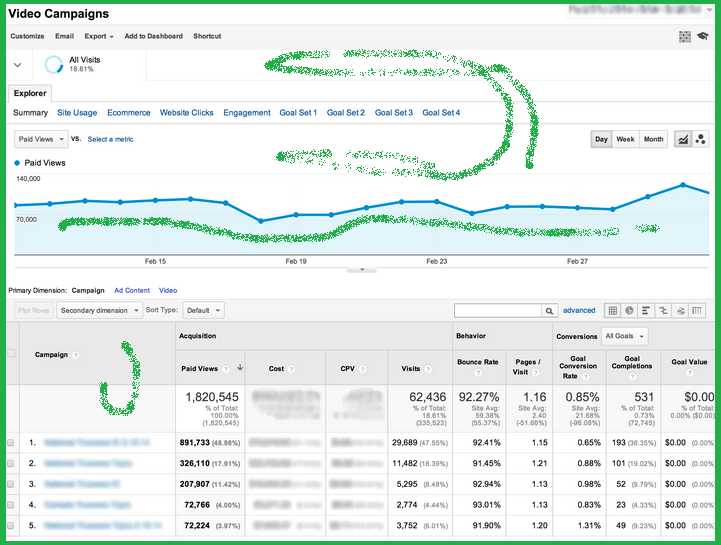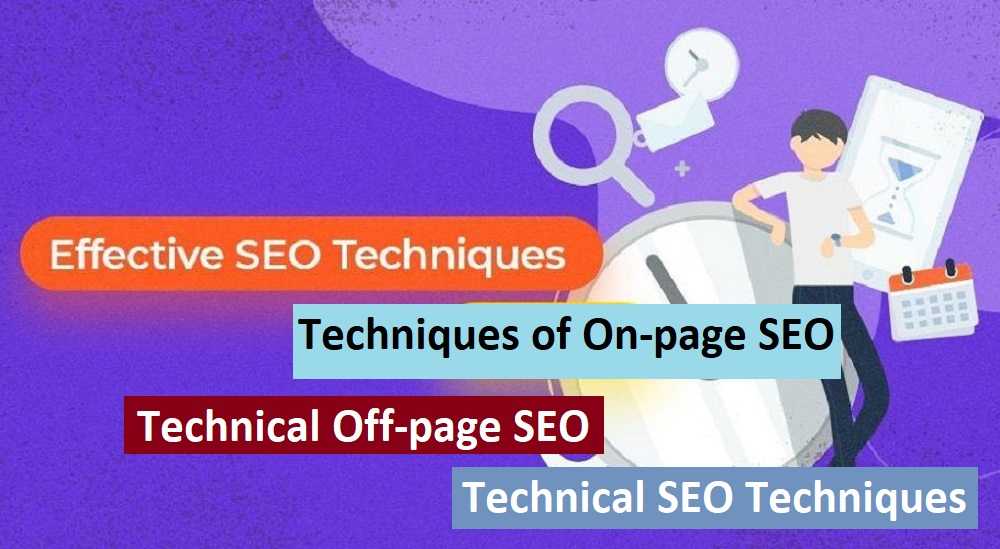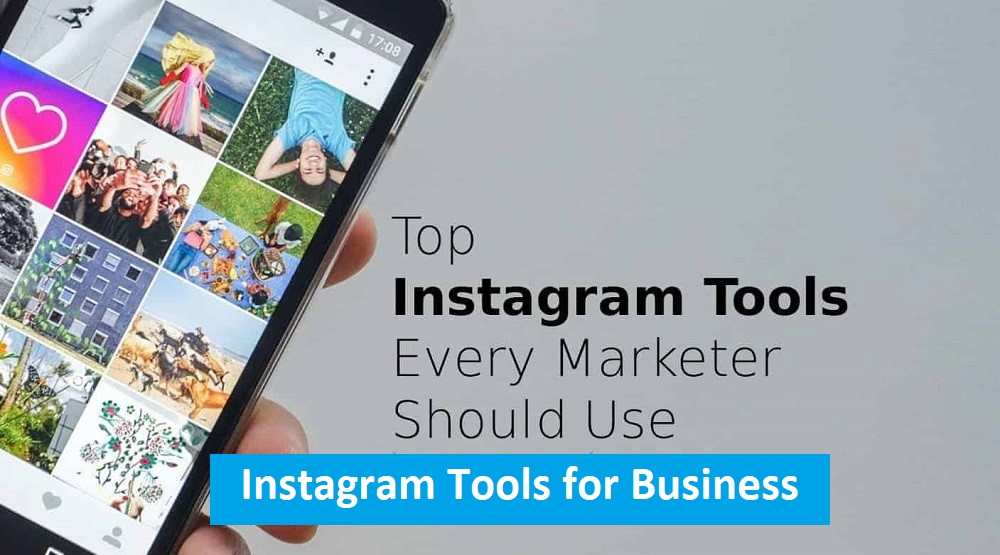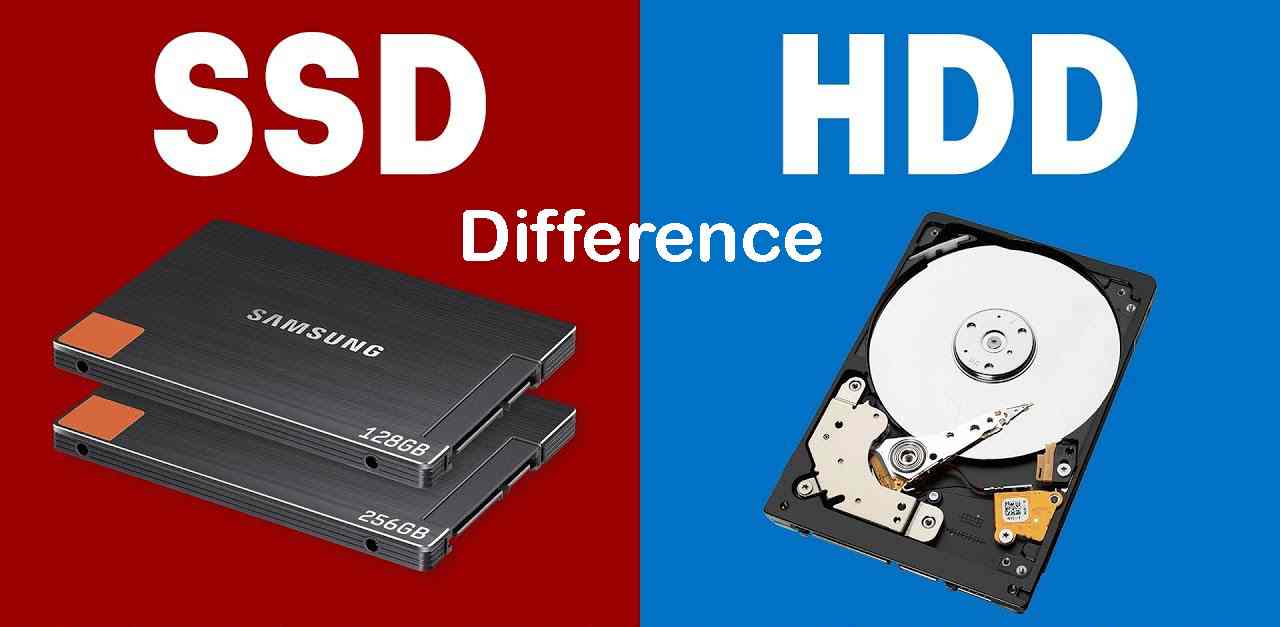“You need to learn digital marketing so your business can grow rapidly!”
Sayings similar to the example above seem to be heard more and more often. In fact, every time there is a digital marketing course or class, there are always lots of people who take part. This condition emerged thanks to a shift in shopping behavior due to the increasingly reliable presence of the Internet.
If you are a business owner, you must be aware that most of the buying and selling market today is online-based. Not only that, the current trend is that more and more people prefer to shop online rather than having to crowd into shops.
![How to Learn Digital Marketing for Beginners [Most Complete] How to Learn Digital Marketing for Beginners [Most Complete]](https://techhubland.com/wp-content/uploads/2023/09/How-to-Learn-Digital-Marketing-for-Beginners-Most-Complete.jpg)
Even though you may have a physical store, the majority of consumers will usually make a purchasing decision after first “researching” their options online. This can be done via search engines, websites, or reading or watching other customers review content.
Well, this is where the crucial role of digital marketing lies: you have to be able to stand out in these “research channels”. Especially if the goods or services being sold include those with a high level of competition.
This article will give you a complete overview of what digital marketing is and how to learn digital marketing for free! Don’t close the tab on this website before reading it to the end, okay?
What is Digital Marketing?
Digital marketing is the activity of advertising and selling products to customers by utilizing various digital channels. For example, social media, SEO, SEM, email marketing, and so on.
In contrast to traditional marketing, with digital marketing, it is easier for you to reach your audience and evaluate marketing performance. Various strategies and types of digital marketing generally also include analytics features.

With this feature, you will have complete data about your business performance. Starting from brand exposure, demographics, behavior, and even the interests of the targeted audience. These assets can be used for analysis so that the next digital marketing campaign runs more effectively and efficiently.
Apart from the technical side, there are other things that differentiate digital marketing from traditional promotions in general. Namely, digital marketing’s ability to build relationships with the target audience.
By building good relationships, you can build brand awareness or high brand awareness. This means that more potential consumers will know and trust your brand.
To achieve this, you certainly need to add brand values and create long-term, meaningful relationships. Forget about old-style advertising which often seems forced by shoving advertisements in front of your eyes.
Alternatively, you must better understand the problems faced by potential customers and empathize with them. Then, offer your product that can solve their problem. Of course, it’s a subtle way. Don’t hard-sell!
7 Types of Digital Marketing
So, here are various types of digital marketing that you can try to increase your business exposure.
1. Search Engine Optimization (SEO)
SEO in the world of digital marketing is very popular. It can be understood as an effort to increase the quantity and quality of traffic to your website through organic search results.
Although there are many search engines out there, the most popular is Google. Effective SEO strategies generally follow specific guidelines that are often provided—Google also has these guidelines. This practice will ensure your website ranks on the first page of search results.
Some important points that are often mentioned in these guidelines include:
- Relevant keywords
- A website structure that has clear navigation
- Relevant information or articles of high quality (not copied)
- Use of headings to break up content (using H1, H2, H3). It is also useful for helping search engines understand content structure
Without SEO, it is almost impossible to grow an online business organically. Moreover, SEO is also closely related to other digital marketing elements such as email marketing and content marketing. They work together to provide high-quality content to your business’s target audience.
2. Email Marketing
Apart from SEO, email marketing is also one of the oldest digital marketing learning materials. Fortunately, nowadays almost all services on the internet require e-mail in their registration form. This makes email marketing still relevant.
Email marketing, if implemented correctly can be very effective. A report from Campaign Monitor shows that a well-crafted email marketing strategy can attract customers 40 times more effectively than a combo campaign on Facebook and Twitter.
Segmentation is an important component of email marketing. Segmentation can be understood as a strategy for mapping customer targets based on certain characteristics. For example, by targeting their characteristics, their needs, and their shopping habits.
This ensures that you can reach the right people at the right time.
For example, when your system detects that potential consumers are interested in your product and puts it on their wishlist. You can send informational emails to help them make purchasing decisions.
Apart from that, email marketing can also be used for educational purposes—not just sales promotions. This kind of content can take various forms. For example, the email you send contains blog articles, ebooks, or webinar information.
3. Search Engine Marketing (SEM)
SEO’s cousin, here! SEM refers to all the processes involved in generating non-organic traffic from search engines.
In practice, SEM is different from SEO. The essence of this strategy is to create paid advertising through platforms such as Google Ads or Bing Ads.
4. Digital Advertising
So, if SEM focuses on advertising on search engine platforms, digital advertising accommodates various platforms outside of that.
Digital advertising refers to every strategy and process involved in generating referral traffic to your targeted sites. This can take the form of image, text, or video advertisements, which have become increasingly popular lately.
Marketers often place digital ads on different platforms. Why? Because this depends on where their target audience is most located.
Examples of the most popular platforms for this practice include Google (Adwords), Facebook, YouTube, Pinterest, LinkedIn, and so on.
In this type, you will spend a budget according to the type of advertising. For example, one of the most popular types of advertising on Google and Facebook is pay-per-click (PPC) advertising. This means that advertisers pay a fee every time their ad is clicked.
5. Content Marketing
Content is the backbone of the internet. It is not surprising that there is also something called content marketing.
The goal of this type of marketing is for the content created to be widely distributed. By involving the audience, the resulting content can go viral and increase brand awareness.
To gain the trust of your potential audience—and ultimately share your content—your business must be able to give them something relevant. The current language: relatable.
The content created is not just any content. The name is also part of a type of digital marketing, in which you have to be able to insert a subtle call to action (soft selling).
6. Social Media Marketing
Social media marketing involves using social media platforms as channels to reach a larger audience.
On social media, you can build an audience organically (with content and interaction) or through the advertising features provided. The presence of social media marketing is increasingly inevitable, considering that the majority of internet users interact there. This is a fertile field that would be a shame if it wasn’t cultivated and you just missed it.
Most businesses that use social media marketing understand the importance of consistent engagement. That is why businesses are required to produce content that is released regularly and still pay attention to quality in order to increase brand awareness and produce high conversion rates.
7. Mobile Marketing
Two decades ago the number of people who could access the internet via cellphone was still very small. However, the situation has completely changed now. The majority of internet users access information via their smartphones.
Here, you could say that mobile marketing is still suitable for you to try. This is a digital marketing technique that involves marketing strategies that focus on mobile users. In this case, the type of marketing can be sent in the form of SMS, MMS, mobile applications, or websites that have been optimized for mobile.
Benefits of Digital Marketing for Business
The following are the benefits you can get by optimizing digital marketing as part of your business strategy.
- With a marketing budget that is lower than conventional advertising costs, you can create effective advertising campaigns and monitor them so that the next campaign can be more optimal
- The average time a person spends with their device (screen time) continues to increase as time goes by. In this way, digital marketing will continue to be relevant, and future developments will be dynamic.
- There are many marketing channels that you can try to determine which one is the top performer. The costs vary and are generally very affordable.
- The digital marketing space allows you to build a two-way relationship with your audience. This way, you can understand their needs better—and beat the competition.
- Analysis from good data analytics allows you to optimize conversion rates to attract more customers.
- Digital marketing is a good tool for building brand awareness and maintaining customer loyalty.
9 Steps to Learn Digital Marketing for Beginners
To learn digital marketing, you can start by exploring every important element. The following are crucial aspects that you can use as a guide:
1. Study customer needs
Digital marketing requires you to understand who the audience you want to target is. The more detail, the better. Combine with data in analytics.
This way, you will know what problems they are facing and can provide solutions through the products/services you offer. Apart from that, studying customers will also help you improve their impression and experience of the brand.
Here, you must be able to capture customer emotions so that conversions are higher. Make them feel “connected” to your brand so they can stand out.
Try to develop some quality and varied content. Starting from articles, quizzes, videos, and so on that appear proactive in communicating solutions to the problems they face.
2. Understand marketing strategy motives
As a beginner, you must understand what the main goal behind a marketing strategy is. You are required to segment whether the main strategy is to promote brand awareness or get leads. What should be noted is that these two goals must work hand in hand to make the most of digital marketing.
Building brand awareness will make your business “safe” in the long term. Meanwhile, getting leads is a short-term goal so that the wheels of your business keep turning amidst market competition.
For the first motive, you can use content marketing and email marketing as the spearhead. Meanwhile, the second motive can be maximized with social media marketing and digital advertising.
3. Go straight into SEO
Search Engine Optimization is a cheap and effective long-term digital marketing strategy to generate brand awareness while gaining customers organically. Don’t hesitate to invest a lot of time in learning SEO.
SEO will be present in a lot of the content that appears on your website. As time goes by, this content will become soldiers ready to shoot up the SERP. Brand awareness can also increase and help sales conversions.
4. Try all digital marketing channels
The development of the digital world in the last decade has been truly amazing. People now spend most of their time online. Therefore, don’t hesitate to try and optimize various existing digital marketing channels.
Some campaigns may be optimal for running on Facebook, while others are better suited to TikTok. Or is email marketing more suitable? May be! There are many ways to connect with your business audience.
After all, the main motive behind a digital marketing campaign is to connect and engage with the audience. Don’t hesitate to try each existing channel and evaluate the engagement data. Sort which one is the most optimal.
This diverse channel combo can also help you communicate with a wider and more diverse audience base. Brand awareness can also be built more firmly.
5. Learn social media marketing strategies
In this current era, the content that your business creates will almost certainly circulate more on social media accounts. This is the best space for your business to build good communication with them.
The ultimate goal of this strategy is to make your brand seem close, build relationships with them, and get more sales conversions. The right social media strategy is one of the keys to a successful digital campaign.
6. Learn analytical data monitoring methods
The great thing about digital marketing is that you can monitor each of your business campaigns in real time.
With the available analytics tools, you will have complete information about the performance of each strategy implemented. Apart from that, if something is not performing, the marketing team can immediately rack their brains to optimize it.
Don’t worry, the analytics dashboard will generally display important information, be it web conversion rates, number of clicks, time spent by visitors, targeted audience demographics, and retention rates.
You must not be lazy to analyze Key Performance Indicators (KPIs) and take steps to optimize campaigns. This will not only save costs but also detect as early as possible if there is a campaign whose output does not meet expectations.
7. Learn the best way to communicate as a differentiator from competitors
Business competition in the digital world can be very fierce. Moreover, every brand certainly wants to reach its potential audience as widely as possible. Learn the best communication methods to achieve this target.
In a situation like that, you need to show how your brand differs from competitors. Show your audience why your brand is worthy of their attention—and ultimately more votes.
Do competitor research so that the digital marketing strategy you will implement can appear more effective. Research can help you understand and create the attributes that will make your brand stand out.
8. Target mobile devices
It’s no secret that traffic from mobile devices has taken over desktop positions. Therefore, it is very important to focus on improving the experience of users who access your content via mobile.
Pay attention to important factors such as mobile friendliness, responsiveness, site speed, design, and layout when opened on a smartphone. Not only for websites, email marketing must also pay attention to the same things. Arrange content in a neat and comfortable layout for mobile access.
9. Make it easier for audiences to access
Inform each step of the call to action as clearly as possible. If there is any confusion, make sure you also provide an FAQ or contact column that is easy to contact and not complicated. Make good use of keywords so that users can track them easily. Also, don’t be lazy to collect feedback from them.
You can learn this part by researching competitors. Check their website and social media, then make a list to evaluate which ones are good and can be adopted, and which ones are not good and you can optimize.
Are you ready to learn digital marketing?
The presence of digital marketing is very important if you want your business to continue to survive and develop in this internet era.
Moreover, digital marketing can be an effective way to attract the widest possible audience at a much more affordable cost than traditional advertising.
However, to be successful, you need to study it thoroughly. Also, set clear marketing strategy goals, create quality content, choose the right channels, and evaluate the analytics.
If you’re still confused and want to learn together, don’t hesitate to join the Bitlabs Digital Marketing Discord channel!
Happy learning!










